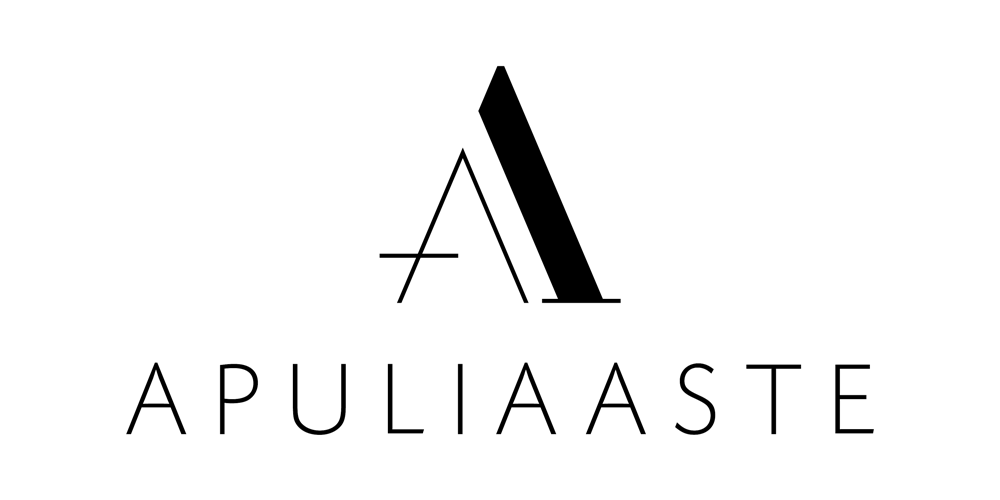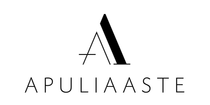Established talents and new proposals
featured Artists

Vittorialessia Brunetti
Born in 1997, she graduated in Painting at the Academy of Fine Arts in Bari with a final grades of 110/110. She has been painting since the age of three old, art has always been her greatest passion; she's a daughter of art on both the maternal and paternal side. Since 2019 she has participated in important events and exhibitions, including: Fiera di Gravina in Puglia; RenovArt | 100 Artists for the Future (in Matera) by ApuliaAste; the fairs of Parma, Padua, Pavia and Genoa through the collaboration with the ApuliaAste gallery; collective exhibition at the Margutta gallery in Rome; personal multimedia exhibition "Margutta Virtual Gallery" in Rome; solo Painting exhibition in Bari in collaboration with Emiliana Barbone Gallery; VIFAF'23 in Crete; group exhibition in Lyon in collaboration with Aiac International; Art-Shop.it website in collaboration with Artevents.Mazzoleni Gallery in Bergamo.
Vittorialessia Brunetti is a painter who uses both traditional and digital mixed techniques such as classic painting on canvas with acrylics, pencil drawings on album sheets and Procreate, a particular program for iPad Pro.
Visit her website, Vitardee, at www.vitardee.com and be inspired by her works, full of emotions and modern visions.
Are you an artist and want to exhibit your works? Contact us now to participate in one of our exhibitions.

























































